NHS staff are a great asset. Barts Shielders is a proof of concept for building meaningful, virtual peer connections and providing integrated organisational support.
Barts Shielders emerged in response to the first UK national lockdown during the Covid-19 pandemic.
Originally, its methodology was intended to support NHS middle managers to problem-solve quickly, but an opportunity and real need arose with shielding staff. Shielders are people who are clinically extremely vulnerable to severe illness or death from Covid-19. An estimated 2.3 to 4 million people in England alone have received formal shielding letters from the Government during the pandemic. Just because someone is clinically extremely vulnerable does not mean they are unable to work or even feel ill. Rather, this group of people were told to shield at home due to health conditions such as being a solid organ transplant recipient, being immuno-compromised, having had or currently having certain cancer treatments, and those with rare diseases. Living with these health conditions can raise their own physical and emotional challenges. The pandemic increased feelings of trauma and exposure for many.
What did Barts Shielders do?
Relationships and social support networks are clear protective factors against mental distress. Following the first lockdown announcement in the UK, over 640 Barts Health staff were told to shield and thousands more across the trust and NHS were sent home. Almost overnight, staff lost contact with their teams, vocation, and usual support networks. NHS Staff who were shielding faced a real risk of long-term social isolation and mental health consequences. Many suddenly lost their sense of belonging and purpose, unable to do their role(s) from home.
Barts Shielders grew from a ‘core’ volunteer group of eight who stepped forward to use virtual facilitation to support these shielding staff across BartsHealth NHS Trust starting in April 2020. The core volunteer group consisted of internal organisational support, external facilitation support to build capability, and people with lived experience so activities were led by and with its target audience.
Between April and August 2020, the core team adapted and responded quickly to develop two consistent ways for Shielders to stay connected to Barts Trust that continue today: a Shield Connect Call to offer peer support and build a network and the Shield Next Step call to provide organisational support and information with participation from Human Resources, Union Representatives, Employee Wellbeing Services (Occupational Health), and the BartsAbility team (disabled staff network). As a Shielder described, it was about ‘providing a safe space to people who were upset, creating connection when it had broken down, and showing what is possible when you do’.
Not only was the group led by volunteers, but participation in the space was entirely voluntary. The way the virtual calls were facilitated created and sustained the demand for these spaces throughout the pandemic. Virtual meetings focused on promoting feelings of psychological safety to enable relationships and feelings of belonging. This was measured by participants self-reporting if they felt heard, respected, valued, and would recommend the session to a colleague after every call.
The core team used Liberating Structures to facilitate all of the Shield spaces. Liberating Structures were selected because they are freely accessible, widely practised methods for more inclusive meetings, making it easier to build capability and share resources. Shielders now use Liberating Structures with patient groups and teams.
We didn’t just support shielders
Shielders trained in Liberating Structures supported sonographers, radiologists, Band7s, haematologists, the People’s Division, psychologists, student nurses, and different bands and types of managers to connect with information, reflect with peers, and vocalise their needs back to decision-makers: key ingredients for organisational learning.

Key benefits and outcomes
- Actions taken promote strong feelings of inclusion, belonging, empowerment, and utility. We have been called a ‘lifeline’ for staff during the pandemic. This has resulted in improved wellbeing, staff experience, staff retention, and minimised inefficiencies.
- Built digital capabilities – staff reported personal and professional development for them and their departments through attendance.
- Avoided adverse mental health outcomes for an extremely isolated, diverse group of staff.
- Quicker learning loops and ability for upstream problem solving – facilitations allowed us to spot issues with policy implementation and staff early.
- Reduced barriers to accessing organisational support and connection to the Trust whilst at home.
- Increased patient safety and enhanced patient experience.
Barts Shielders: Full Audio Report from
Recommendations
Our experience supports the recommendations made here and would add:
- Integrated support networks – having support spaces that can address a multiplicity of needs in one place rather than people having to access services and pose queries in many forums.
- Awareness-raising – supporting those who are clinically vulnerable to feel welcomed and secure in the workplace and society. We used bright lanyards and pins from the national ShieldUs campaign to remind people to ‘please give me space’. Also, the need to believe people’s status and respect their privacy since many felt ‘outed’ by the pandemic.
- Support to substantively work in a COVID-secure manner – not all shielders had positive experiences accessing equipment nor had the means to purchase the necessary equipment to work from home. There could be a fund established to avoid digital exclusion. Further, for those who do not have positive home working environments (due to living conditions or being a single household) alternative, secure work environments could be provided to avoid negative mental health impacts. Some reported first feelings of being suicidal.
- Peer-support spaces – to mitigate against the negative consequences of social isolation and connect people with relevant information.
- Phased support to reintegrate – giving more notice about the ‘end’ of shielding and creating national policies that are more phased in and out of shielding rather than abrupt, quick ends.
- Problem framing – policies were constructed through the lens of vulnerability and protection making many feel disabled by polices rather than being viewed as an able-bodied resource to be mobilised.
